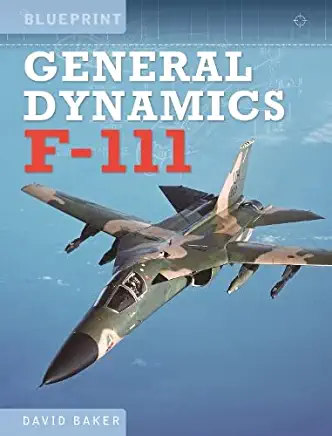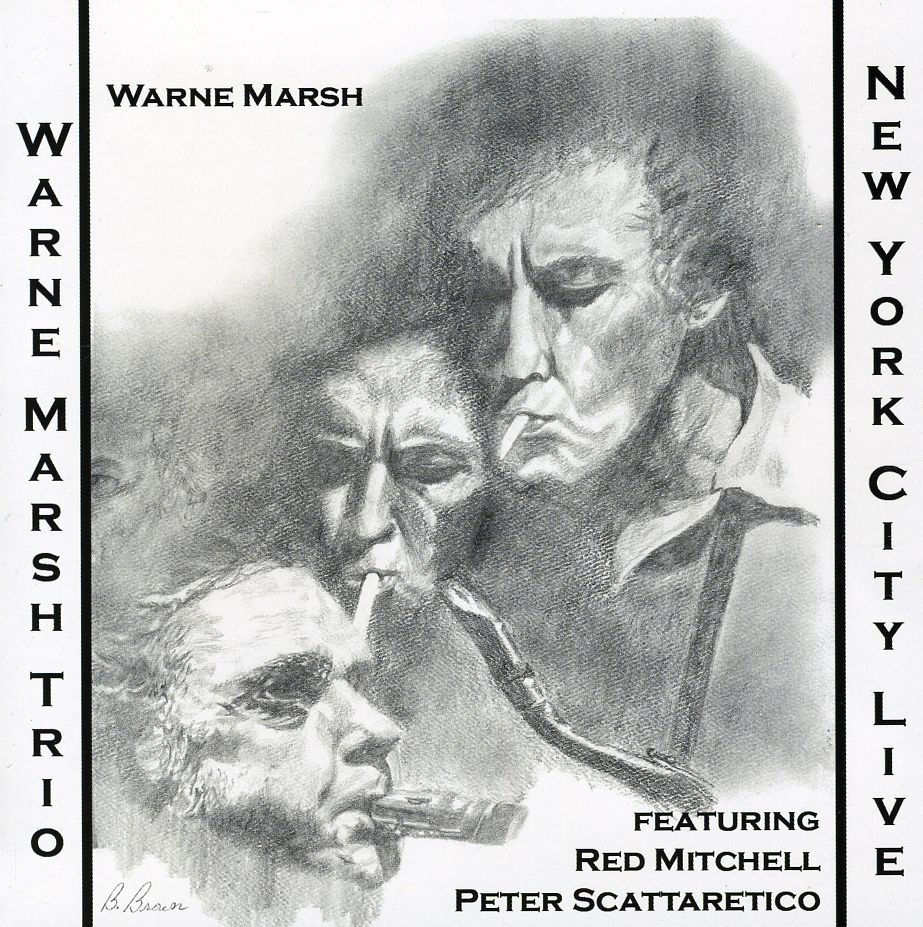
The idea was flawed and the Navy never got its aircraft but the supersonic F-111 went on to be developed successfully by the Air Force for tactical strikes in Vietnam flying 4,000 combat missions for the loss of three aircraft and later in the Gulf War in 1991, where only 66 aircraft dropped over 80% of the laser-guided bombs deployed, destroying more than 1,500 Iraqi tanks. A version was used by Strategic Air Command in the nuclear delivery role as a supersonic bomber to replace the Convair B-58 Hustler, another filled the function of electronic warfare and a variant was exported to Australia where it remained in service until December 2010. The US Air Force retired its last F-111 in 1998, replaced by the F-15E Strike Eagle.
The F-111's importance lies in it being the first US variable-geometry aircraft to serve on the front line. As a story, the history of the F-111 embraces the evolution of variable geometry wings, high performance jet engines and the transition to a greater emphasis on electronics, avionics, radar and stand-off weapons, each sector being efficiently adopted by the F-111.







